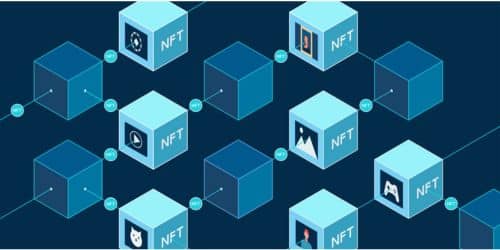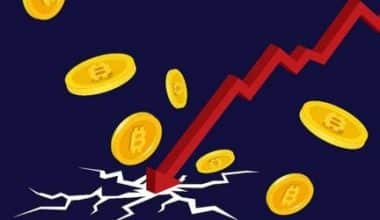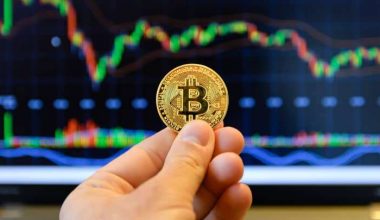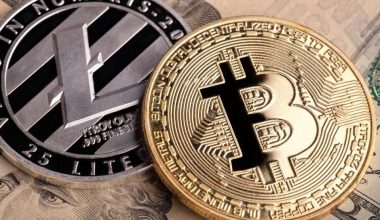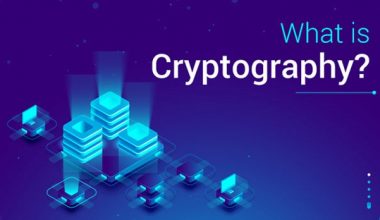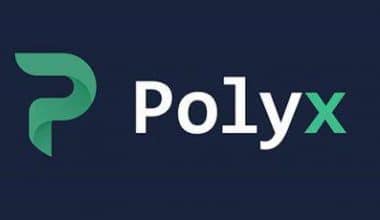The art world has always been a space for innovation and creativity, and now, with the advent of Bitcode Method Official Trading Software, it is experiencing a new wave of transformation. One of the most significant developments in the use of Non-Fungible Tokens for the authentication and ownership of art. They provide a secure and transparent way to prove ownership of digital art, which has become increasingly valuable in recent years. This article explores the intersection of blockchain technology and the art world, specifically focusing on the role in authentication and ownership.
NFTs and Art Authentication
Unlike traditional methods of authentication, which often rely on physical signatures or documentation, Non- fungible tokens are based on blockchain technology, which provides a secure and transparent way to verify the ownership and provenance of art.
One of the main advantages of using them for art authentication is their ability to provide a permanent and tamper-proof record of ownership. Because each token is unique and contains a record of its ownership history, it is much more difficult to forge or falsify than traditional forms of authentication. This can help to increase trust and reduce transaction costs in the art market.
Another advantage is their potential to make the art market more accessible to a wider range of participants. Because NFTs can be bought and sold online through various platforms like the Superrares crypto art collection, they can provide a way for artists and collectors to reach a global audience without the need for intermediaries or physical galleries.
NFTs and Ownership
NFTs can also be used to prove ownership of digital art. The use of blockchain technology allows for a transparent and secure way to track the transfer of ownership between parties. This is particularly valuable for digital art, which can be easily duplicated and distributed.
When a Token is created for a piece of digital art, it is linked to a specific wallet address on the blockchain. This wallet address is unique to the owner of the NFT and serves as proof of ownership. If the Non-Fungible Tokens are sold, the ownership is transferred to the buyer’s wallet address, creating a clear record of the transfer.
Compared to traditional methods of proving ownership, such as bills of sale or certificates of authenticity, the use of NFTs provides a more efficient and secure way to transfer ownership.
Benefits and Drawbacks of NFTs in the Art World
While these tokens offer a number of benefits for the art world, they also come with some potential drawbacks. One of the main benefits of NFTs is their ability to provide a transparent and secure way to authenticate and transfer ownership of art. This can increase trust and reduce transaction costs in the art market.
However, there are also concerns about the environmental impact of NFTs, as the energy consumption required for blockchain transactions can be significant. Additionally, the accessibility of Non- fungible tokens for artists and collectors who may not be as familiar with blockchain technology is also a potential issue.
Future of NFTs in the Art World
The future of art authentication and ownership is set to change as blockchain technology continues to evolve. Non-fungible tokens (NFTs) could become even more secure and efficient, leading to greater trust and transparency in the art market, which could attract new buyers and investors.
NFTs have the potential to create new revenue streams for artists, especially in the digital art space. By creating unique digital tokens for their work, artists can retain control over the distribution and monetization of their art, while also potentially earning royalties on future sales.
However, the use of NFTs also presents challenges to be addressed, such as the environmental impact of blockchain technology and the need for greater accessibility for artists and collectors.
Conclusion
In conclusion, Non-fungible tokens have emerged as a new and exciting way to authenticate and transfer ownership of art. While there are both benefits and drawbacks to their use in the art world, it is clear that they have the potential to transform the industry by increasing transparency, reducing transaction costs, and creating new revenue streams for artists. The future in the art world is bright and promising, and it will be fascinating to see how this technology develops and impacts the industry in the years to come.
